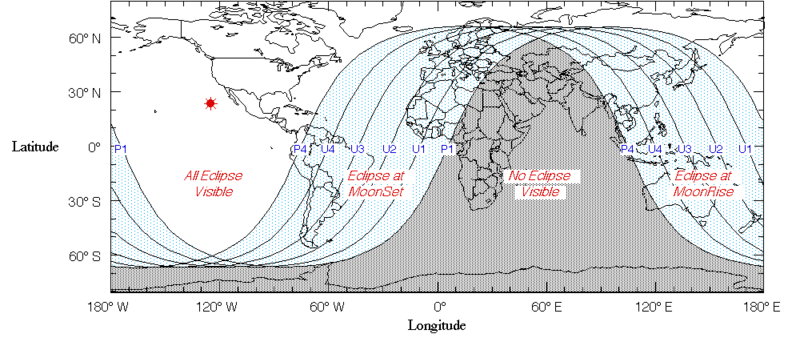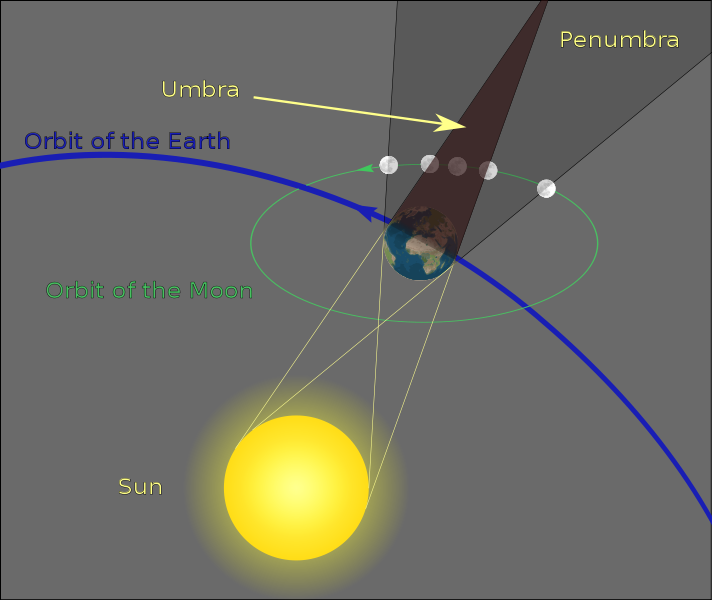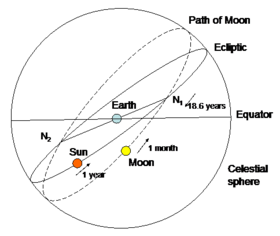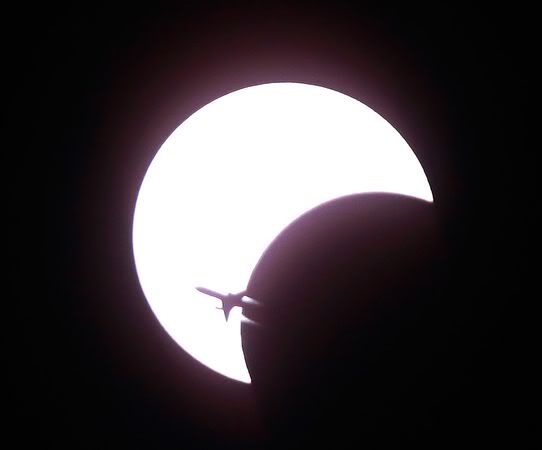|
The first total lunar eclipse in nearly three years will be visible this From the Wikipedia
|
|||||||||||||||||||||||||||||||||||||||||||||
| At the points where the full Moon crosses the ecliptic a lunar eclipse can occur. Like solar eclipses there may be between 2 and 5 lunar eclipses per year. There are three types of lunar eclipses. Penumbral, partial, and
|
Unfortunately, the weather seems to be taking a Republican bent and will
not cooperate over the 20th/21st.
Again thanks for your time. I look forward to your comments and critiques
below.





 At 11:09 PM EDT, Summer exits and Autumn begins.
At 11:09 PM EDT, Summer exits and Autumn begins.
Recent Comments